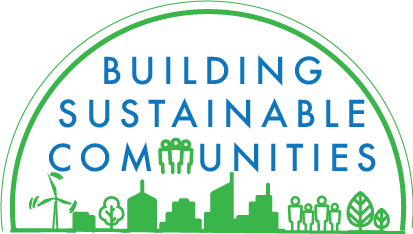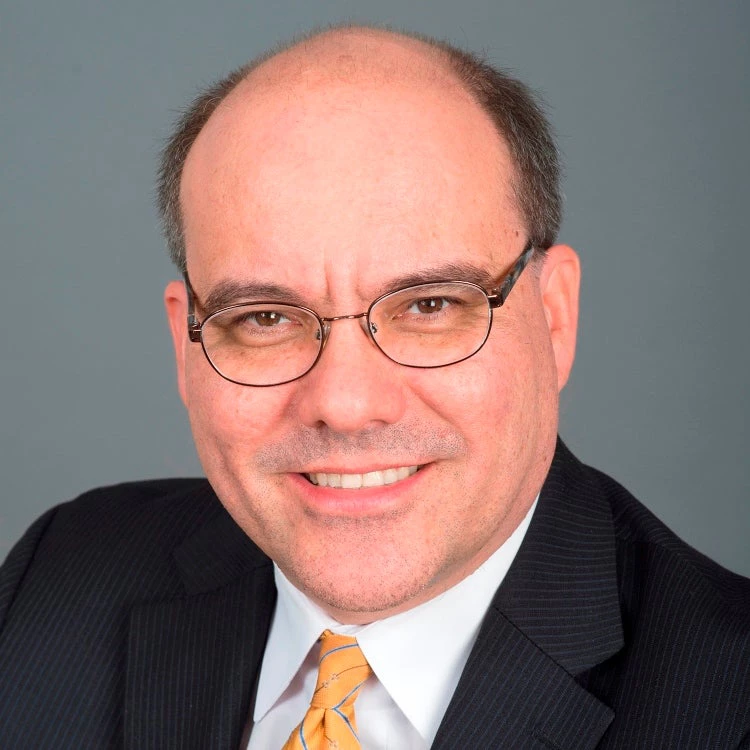[[avp asset="/content/dam/videos/ecrgp/2018/jun-20/what_super_typhoon_yolanda_told_us_about_building_back_better_updated_hd.flv"]]/content/dam/videos/ecrgp/2018/jun-20/what_super_typhoon_yolanda_told_us_about_building_back_better_updated_hd.flv[[/avp]]
The Philippines is increasingly exposed and vulnerable to natural hazards.
Typhoon Yolanda (Haiyan), which struck the country in 2013, was considered one of the strongest tropical storms ever to make landfall (at 380 kilometer / hour wind gusts). It caused over 6,300 fatalities and affected 1,472,251 families in 171 cities and municipalities across the 14 provinces in 6 regions. Total damage and loss was estimated at $12.9 billion ( Reconstruction Assistance on Yolanda 2013).
The World Bank assessed the post-Yolanda rehabilitation and recovery efforts, and this has resulted in the following recommendations:
As highlighted in the video, one of the key lessons in post-disaster reconstruction is how to effectively communicate risks and manage expectations before, during, and after a disaster. Check out our policy note on post-Yolanda rehabilitation and recovery efforts to learn more about the World Bank’s strategic recommendations and operational tools for the Philippine government.
Related:
The Philippines is increasingly exposed and vulnerable to natural hazards.
Typhoon Yolanda (Haiyan), which struck the country in 2013, was considered one of the strongest tropical storms ever to make landfall (at 380 kilometer / hour wind gusts). It caused over 6,300 fatalities and affected 1,472,251 families in 171 cities and municipalities across the 14 provinces in 6 regions. Total damage and loss was estimated at $12.9 billion ( Reconstruction Assistance on Yolanda 2013).
The World Bank assessed the post-Yolanda rehabilitation and recovery efforts, and this has resulted in the following recommendations:
- Establish a disaster management agency with a stronger mandate;
- Institutionalize coordination mechanisms among government and stakeholders;
- Establish clear recovery policies, effective implementation arrangements, and pre-disaster baseline data;
- Develop a standard disaster rehabilitation and recovery framework;
- Promote transparency and accountability by developing an effective communications strategy and interoperable monitoring systems; and
- Identify available financing options, guidelines to access funds, and emergency procurement procedures.
As highlighted in the video, one of the key lessons in post-disaster reconstruction is how to effectively communicate risks and manage expectations before, during, and after a disaster. Check out our policy note on post-Yolanda rehabilitation and recovery efforts to learn more about the World Bank’s strategic recommendations and operational tools for the Philippine government.
Related:
- GFDRR Guide to Developing Disaster Recovery Frameworks
- Blog posts on communicating disaster risk
- Subscribe to our Sustainable Communities newsletter and Flipboard magazine
- Follow @WBG_Cities on Twitter




Join the Conversation